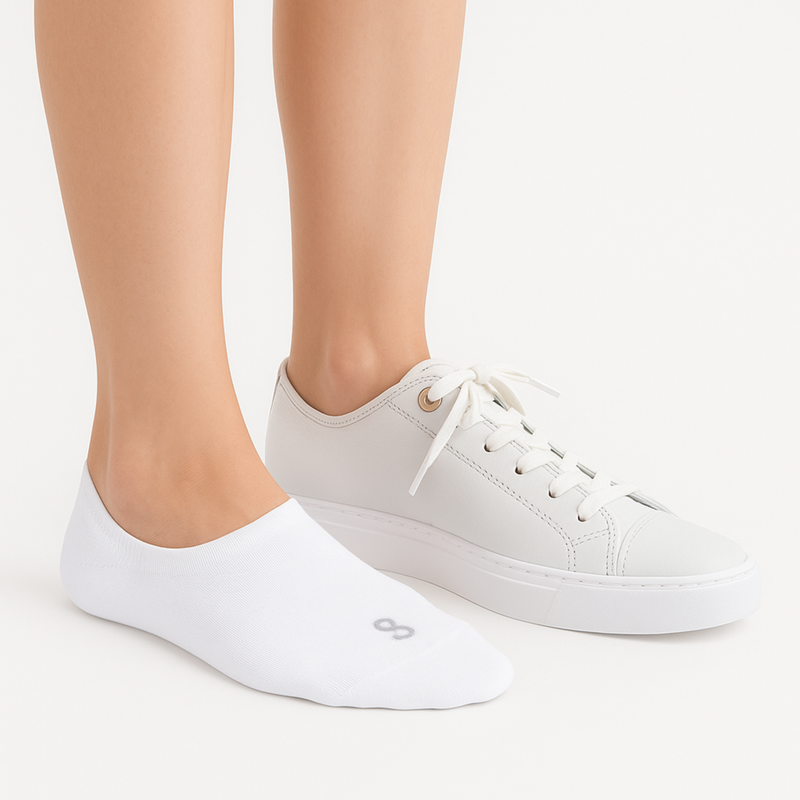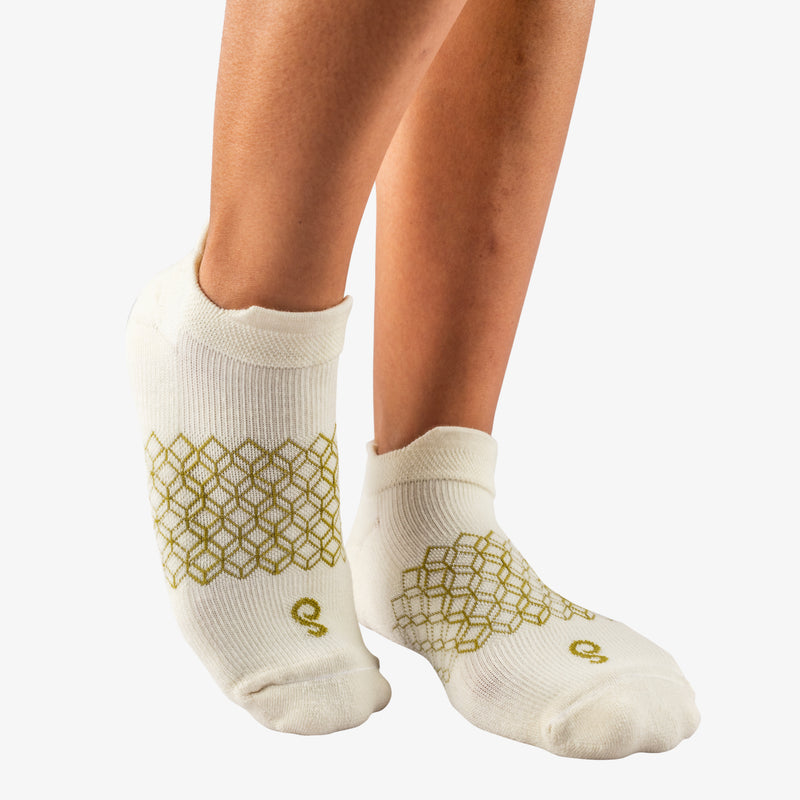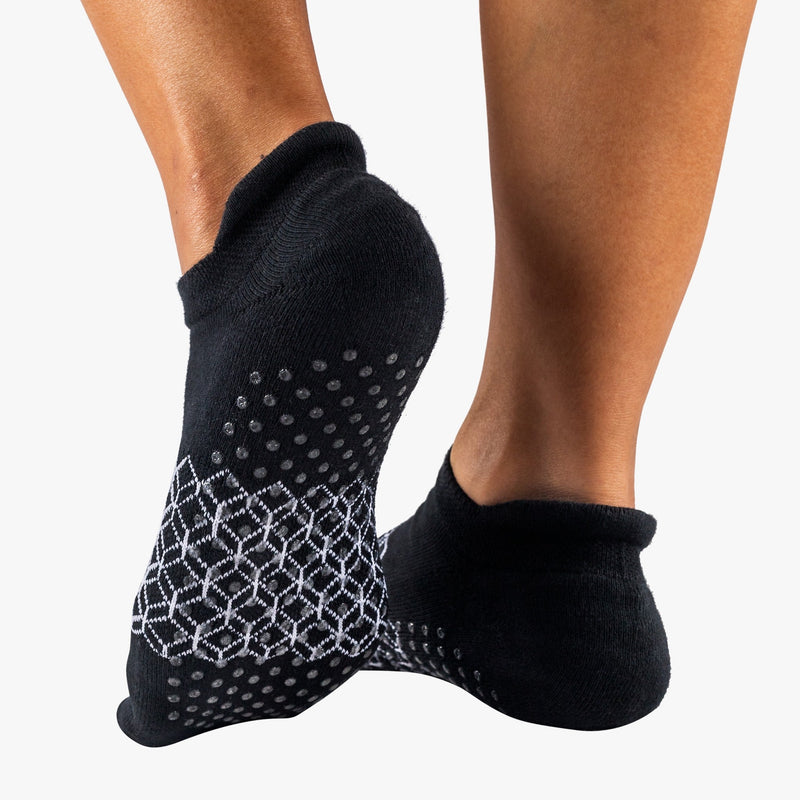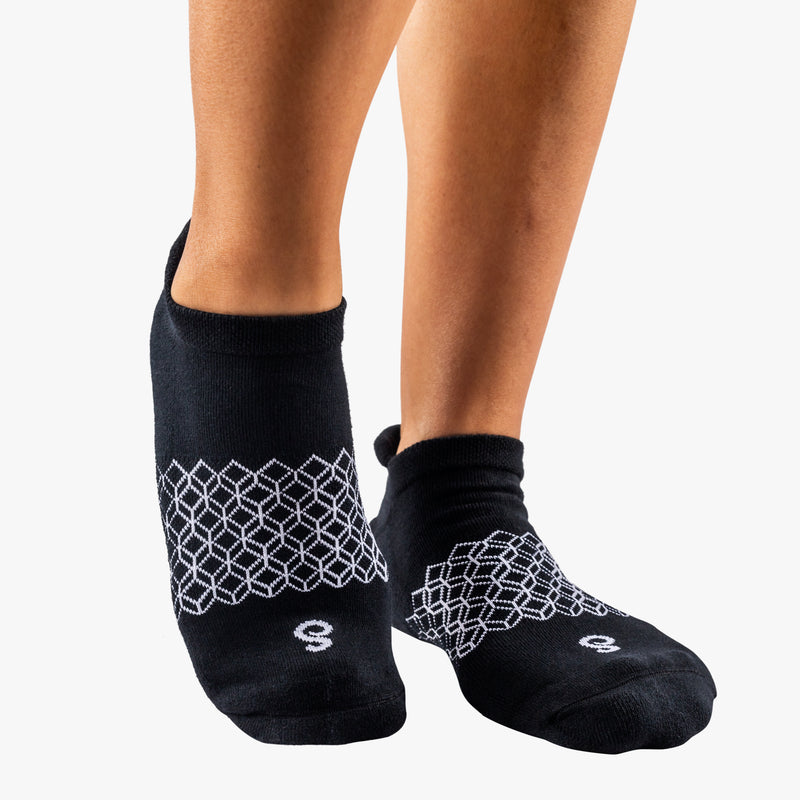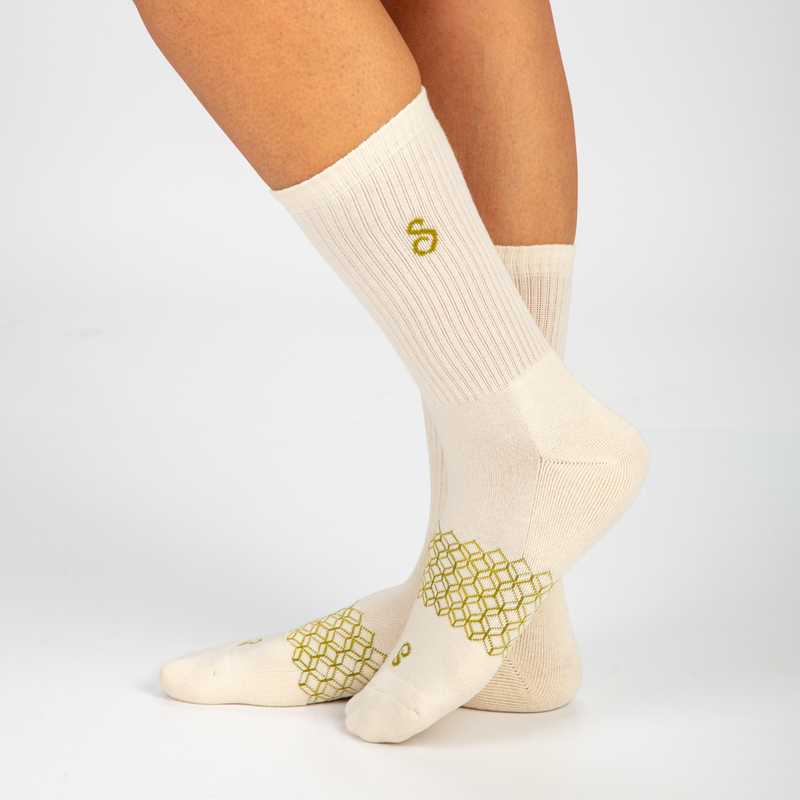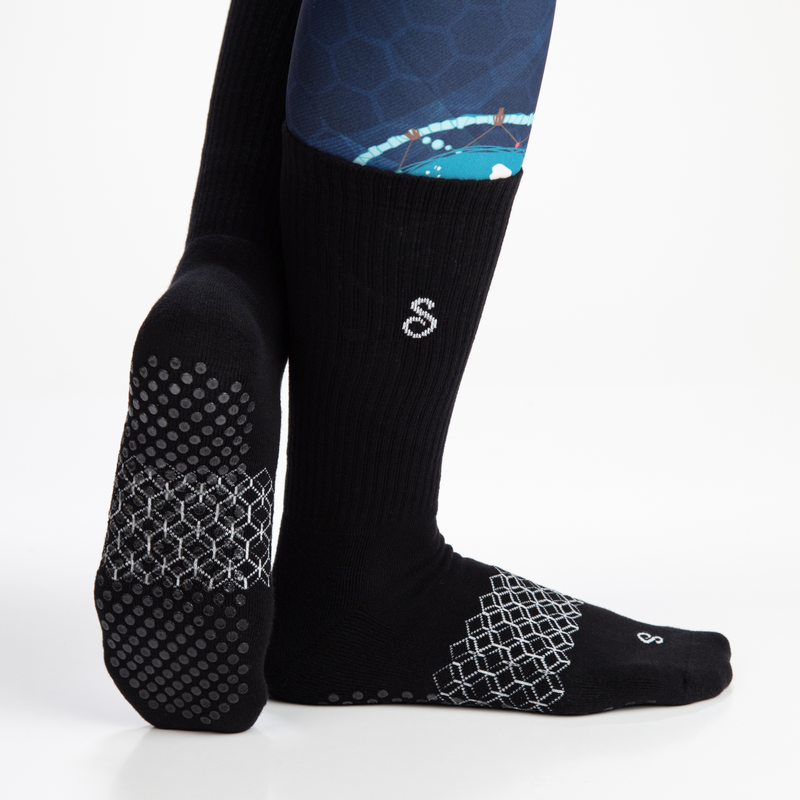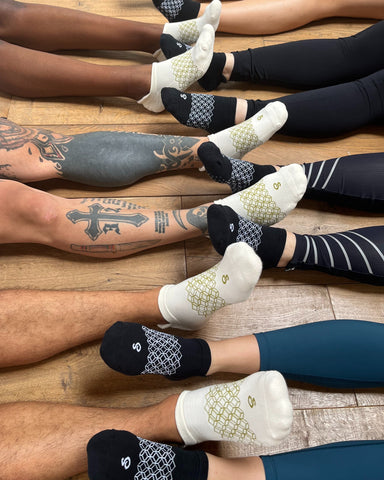
Socks are a daily essential that we often take for granted, but the materials they're made of can greatly impact our comfort and foot health. For centuries, people have relied on various materials to craft their socks, from wool to cotton to nylon and beyond. As technology has advanced, so too have the materials used in sock production.
In this blog, we'll explore the fascinating evolution of sock materials, from the earliest days of woolen socks to the high-tech performance fabrics used today. Let's dive in and take a closer look!
Early Sock Materials
Socks have come a long way in terms of the materials used to make them. From humble beginnings as basic woollen coverings for the feet, socks have evolved into high-tech performance gear made from an array of advanced materials.
Here's a look at the evolution of sock materials over time:
1. Wool
Wool was one of the earliest materials used to make socks. It was warm and cozy, but not always comfortable. Early woolen socks could be scratchy and irritating to the skin. However, wool is still a popular material for cold-weather socks due to its insulating properties.
2. Cotton
Cotton became a popular sock material in the 19th century. It was soft and comfortable, but not very durable. Cotton socks are still popular today, especially for casual wear, but they are often blended with synthetic fibers to improve durability.
3. Nylon
Nylon was introduced in the 1930s and quickly became a popular material for socks. It was lightweight, durable, and stretchy, making it perfect for athletic socks. Nylon is still used in many socks today, but it's often blended with other fibers for added performance benefits.
4. Polyester Socks
Polyester, a synthetic fiber, was introduced as a sock material in the 1950s. It was lightweight, durable, and quick-drying, making it a popular choice for athletic and outdoor activities. Polyester socks could also be made with cushioning and arch support to provide extra comfort and prevent blisters.
5. Performance Fabrics
In recent years, there has been an explosion of performance fabrics used in sock production. These fabrics are designed to provide extra cushioning, arch support, and moisture-wicking properties. Some popular performance fabrics include Coolmax, which is designed to wick away moisture, and Lycra, which provides stretch and support.
6. Premium Cotton Socks
As discussed above, cotton has been a popular material for socks for centuries due to its softness, breathability, and moisture-wicking properties. However, not all cotton is created equal. Premium cotton materials such as combed cotton, organic cotton, and Supima cotton offer even greater comfort and durability.
- Combed cotton, for instance, is a specially treated cotton that has been combed to remove impurities and create an even smoother texture. This results in socks that are incredibly soft and resistant to pilling.
- Organic cotton, on the other hand, is grown without the use of harmful pesticides and chemicals, making it a more sustainable and eco-friendly option. Our Chill no-show, Flow grippers, and Roam ankle socks are made from a base yarn of organic combed cotton and are perfect for those who prioritise both comfort and sustainability.
- Supima cotton, which stands for superior Pima cotton, is a premium variety of cotton that is grown in the United States. It is known for its extra-long staple fibers, which contribute to its strength, softness, and durability. Socks made from Supima cotton are often more expensive, but they are worth the investment for their superior quality.
At hipSwan, we offer organic combed cotton socks that combine comfort and style. Check out our chill, flow and roam styles feature organic combed cotton:
7. Merino Wool Socks
Merino wool is a more comfortable and moisture-wicking alternative to traditional wool. Merino wool fibers are finer and softer than regular wool, making them more comfortable against the skin. They are also excellent at wicking away moisture, keeping feet dry and preventing odour. Merino wool socks have become popular among outdoor enthusiasts and athletes for their comfort and performance.
Looking for high-quality merino wool socks designed for both performance and comfort? Look no further than hipSwan's Dash socks. Made with merino wool, these socks offer moisture-wicking properties to keep your feet dry and comfortable during even the most intense workouts.
But that's not all. The Dash socks are also available in a range of colors, making them a versatile option for any athlete or outdoor enthusiast. Whether you're hitting the trails or just need a reliable sock for your daily run, the Dash socks have got you covered. Visit hipSwan's website now to check them out:
In conclusion, the evolution of sock materials has been a fascinating journey. From the early days of woolen socks to the high-tech performance fabrics used today, there's no doubt that technology has played a significant role in making our socks more comfortable and functional than ever before. We've explored the benefits and drawbacks of various sock materials and learned about the role they play in keeping our feet healthy and comfortable.
If you're interested in trying out some quality socks, be sure to check out hipSwan's. Customers have consistently rated them 5 stars for their comfort, durability, and performance.
browse hipSwan's sock collection 👉






